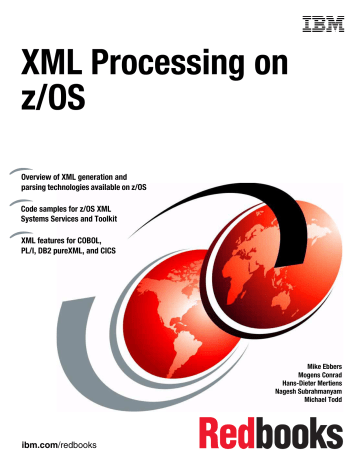

#Xml parser 6.0 series#
The series of execution would be as follows:

#Xml parser 6.0 code#
The entire mechanism would be elaborated by this document in several steps, supported with the appropriate code snippets. Step wise conversion of the XML to Internal Table HomePERNR, UNAME and USERID are the value nodes containing the values for the records. Note: FileFeed happens to be the root node for the XML.ĮmployeeRequests is the element node containing the separate Employee records within it.Įmployeerequest is the element node for each record. This would assist us convert any XML containing any number of fields and records into an internal table, in an uncomplicated manner.

We would be considering the example of the following file through the course of this document. We need to convert the XML file into an internal table comprising of these three fields, and holding the three records from XML. This XML file carries data for three fields- HomePernr, UNAME and USERID. This document shall let you know the entire process involving the evolution of the XML file in the Application server to an Internal Table.įollowing is an archetype of the XML file which needs to be converted into an internal table in ABAP.
#Xml parser 6.0 manual#
Shrugs and manual deletions feel extremely odd.Guide towards a simple conversion of an XML file to ABAP Internal table, using XML parsing.
#Xml parser 6.0 windows#
Apparently, I don't have a good enough background or history (nor do I care to get my thesis in XML on a Windows is correct. I find it very strange the way this service/software was designed to work. Here is the security bulletin from MSFT in 2007 about what can happen is compromised.Įxecution of code, memory overflow, etc. However, there seems to be multiple reported attack vectors due to the core XML services being older and outdated. I'll preface this comment with the fact that I have not done extensive research on this topic. I am writing this while on hold with Tenable to try to find out what their report is actually looking for. is there something else which is required. Removing the msxml4 and msxml4r.dll from the C:\Windows\SysWOW64\ folder (and system32, if there) does not seem to clear the vulnerabilityįrom the nessus reports.


 0 kommentar(er)
0 kommentar(er)
